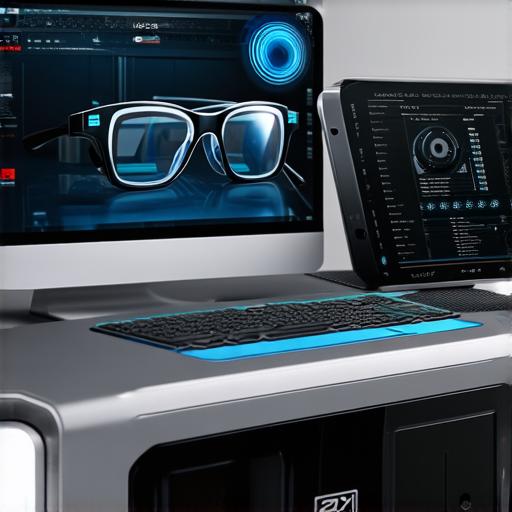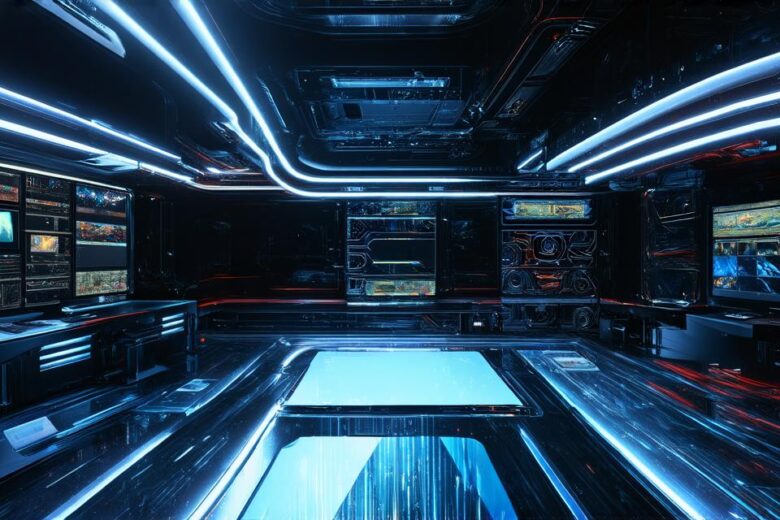Augmented reality (AR) is a technology that overlays digital information on the real world, creating an interactive and immersive experience for users. AR has been gaining popularity in recent years, with applications ranging from gaming to education and marketing.
Hardware Requirements:
The first step in creating an AR experience is selecting the appropriate hardware. The two main types of AR devices are smartphones and tablets, and smart glasses. Smartphones and tablets are more cost-effective and widely available, but they have limited processing power and storage capacity. Smart glasses, on the other hand, offer a higher level of performance and can be worn for extended periods, but they are more expensive and less common.
Software Requirements:
Once the hardware has been selected, the next step is to choose the appropriate software. There are two main types of AR software: development kits (SDKs) and engines. SDKs provide developers with a set of tools and libraries for creating AR applications, while engines offer a complete solution for developing, testing, and deploying AR experiences.
Tracking Technology:
One of the key components of an AR experience is tracking technology. This allows the device to identify the real world environment and overlay digital information on top of it. The two main types of tracking technology are marker-based and image-based. Marker-based tracking uses physical markers, such as QR codes or ARTags, to track the device’s position, while image-based tracking uses cameras to recognize real-world objects and track the device’s position based on those objects.
Computer Vision:
Another important technology for creating an AR experience is computer vision. This involves using algorithms and machine learning techniques to analyze visual data from the camera and identify real-world objects, such as people, animals, and landmarks. Computer vision can be used to enhance the accuracy of tracking technology, improve object recognition, and enable more advanced AR features, such as gesture recognition and natural language processing.
3D Modeling and Rendering:
To create an immersive AR experience, developers need high-quality 3D models and rendering techniques. 3D modeling involves creating three-dimensional representations of objects and environments using software tools such as Blender and Maya. Once the models are created, they need to be rendered in real-time by the device’s processor, which requires significant processing power and graphics capabilities.

Conclusion:
In conclusion, creating an AR experience requires a combination of hardware and software technologies. The appropriate hardware depends on the intended use case, while the software requirements include development kits or engines, tracking technology, computer vision, and 3D modeling and rendering techniques. By combining these technologies, developers can create compelling and immersive AR experiences that engage and delight users.
